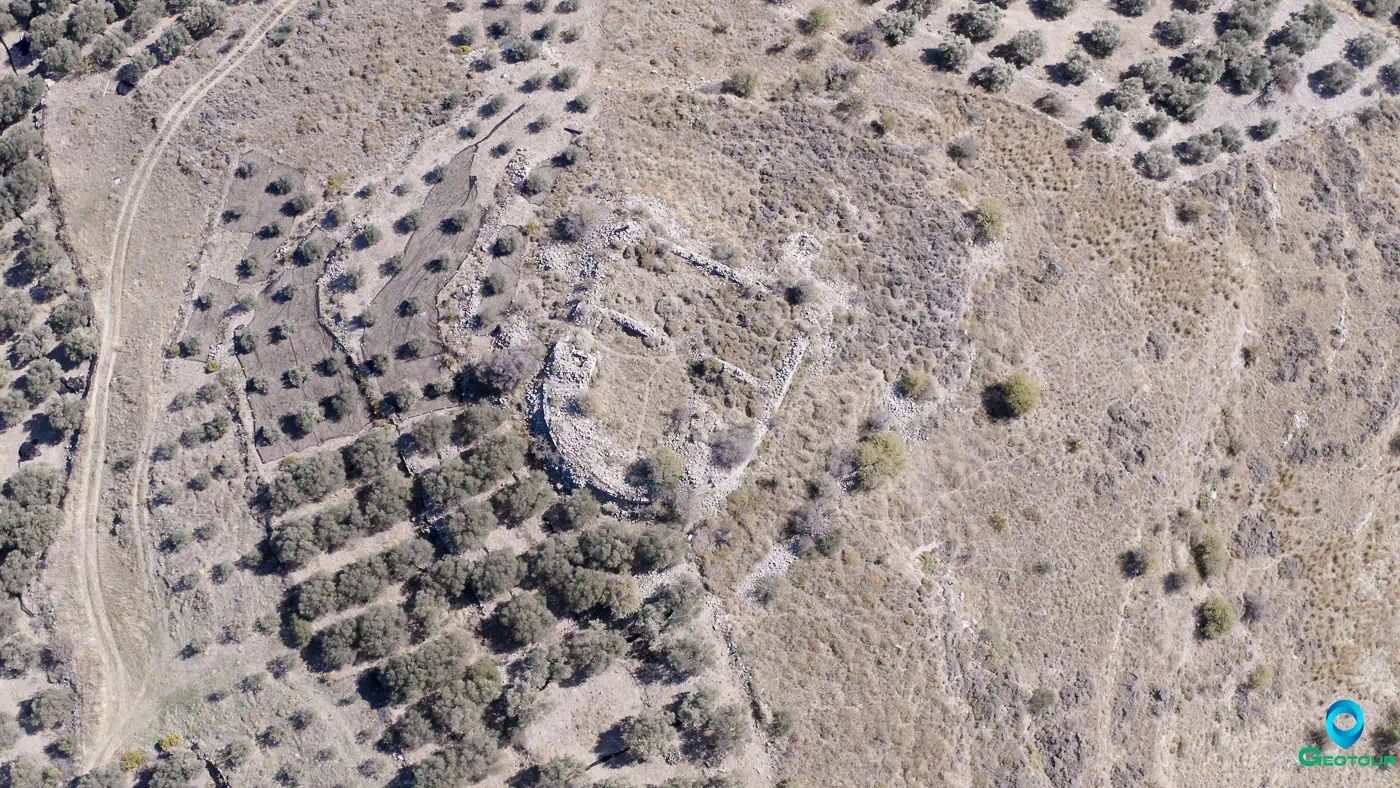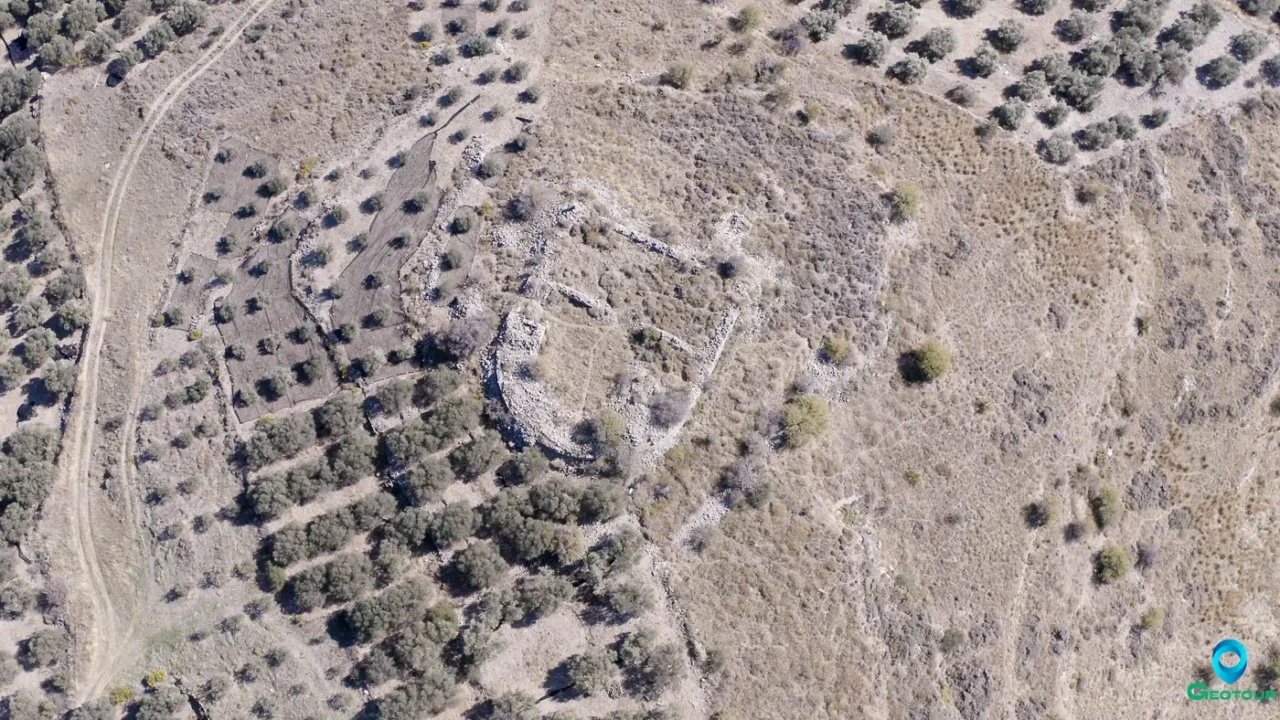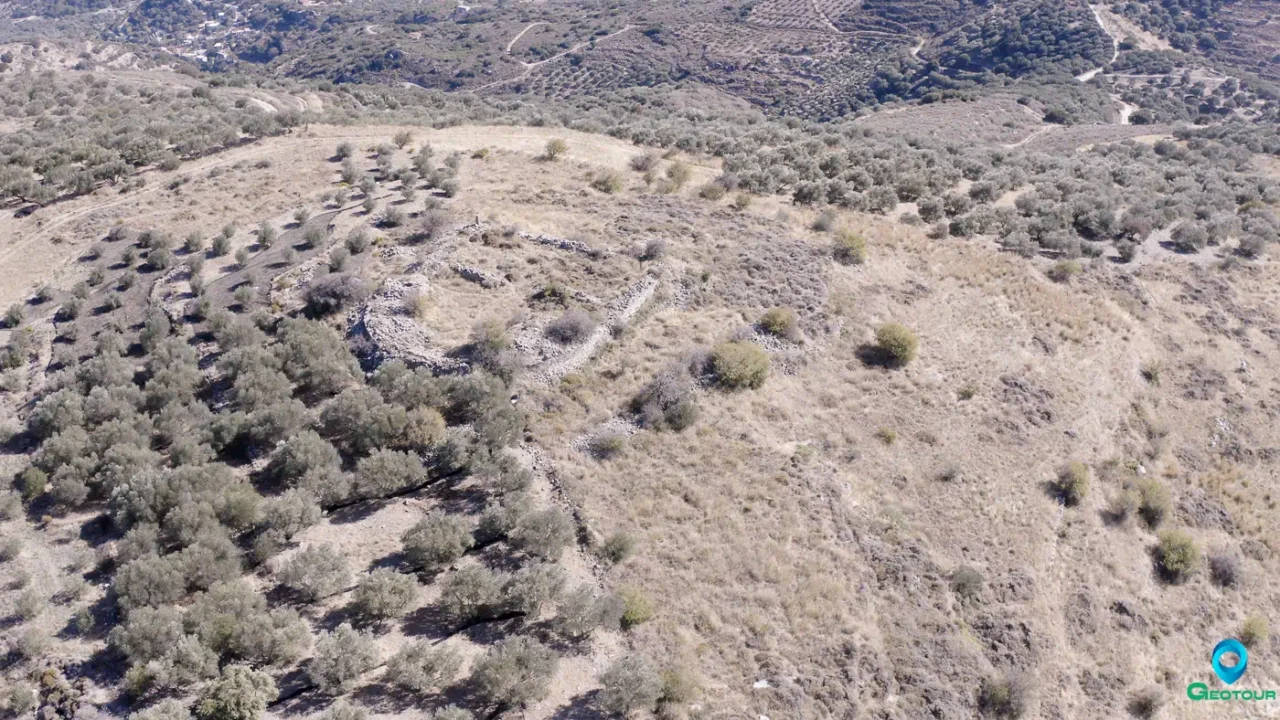Elyros was an ancient city located on Crete, the largest and most populous of the Greek islands. It was situated in Western Crete, on the ‘Kefala’ hill, near the modern village of Rodovani. Elyros was one of the leading cities of the Oreioi League, and it became an important city in Roman times. It was inhabited from the 4th century BC until Late Antiquity.
Early Iron Age – 3rd Century BCE
Elyros likely originated sometime in the Early Iron Age, based on archaeological findings. The city was named after Elyros, a mythical character who was the son of Akakallis and Apollo. Elyros and his brother, Aigialios, were abandoned in the mountains and raised by a goat. Eventually, they were found by the Korybantes, who raised them in a cave. When they grew up, Elyros founded the city of Elyros.
Elyros was a major urban center of southwestern Crete during the Classical period (500-350 BCE). It had an estimated population of 16,000 residents. Elyros was a center of trade and manufacturing, especially of weapons.
Elyros was one of the cities that constituted the League of the Oreioi. The league was a federation of cities that was formed in the 3rd century BC primarily for security and economic development. Member cities included Elyros, Hyrtakina, Lissos, Poikilasio, Syia, and Tarra. As a sovereign power, the League maintained connections with centers both inside and outside of Crete. The league likely dissolved sometime before 183 BC, as many of its member cities, including Elyros, began to appear independently in treaties. During this time period, Elyros was at war with Kydonia, another important city on Crete at the time.
3rd Century BCE – Late Antiquity
A statue known as the “Philosopher of Elyros” dates back to the Roman era, when Elyros flourished. It is currently located at the Archaeological Museum of Chania.
Fortifications and Structures
Remains of buildings, public constructions, and infrastructures of the ancient settlement can be seen on the ‘Kefala’ hill. The city was surrounded by fortification walls, and it also contained an aqueduct, cisterns, and a theater.
Coinage
The city of Elyros minted its own coins, suggesting it was an autonomous state. The coins featured similar emblems to those of Hyrtakina.
Ports
The region of Oreia had only one opening to the Libyan Sea, which made the port of Lissos a major contributor to the economic development of the region. Lissos was an important religious center that contained a panhellenic Asklepieion, or healing temple. The immediate territory of Elyros included not only Lissos, but also the small coastal cities of Syia and Poikilasio.
Archaeological Findings
Based on archaeological findings, Elyros had communication with cities in mainland Greece, North Africa, and Southern Italy. The city was inhabited from the 4th century BCE until Late Antiquity, and it flourished in Roman times.
A unique finding on Elyros was the production of glass pyxides, or cylindrical boxes, by a local workshop. Pyxides were also made from other materials, including clay and marble.
An open-air rural sanctuary dedicated to Poseidon was found in the location of ‘Tsiskiana’ and was likely subject to the district of Elyros.
Site: Key Points
- Construction Period: Early Iron Age (11th-10th century BCE)
- Location: ‘Kefala’ hill, near the village of Rodovani.
- Fortification: Fortification walls.
- Structures: Aqueduct, cisterns, theater.
- Historical Significance: One of the cities of the League of the Oreioi. Home to a local workshop that produced glass pyxides.
- Current Status: Abandoned.
References
- Tzanakaki, K. (2019). Ancient cities of westernmost Crete (Prefecture of Chania): Kydonia, Aptera, Polyrrhenia, Phalassarna, Hyrtakina, and Elyros. In N. C. Stampolidis, D. I. Tsangari, and M. Giannopoulou (Eds.), Cretan Cities: The Testimony of Coins (pp. 35-43). Alpha Bank.
- Mlinar, E. (2007). Fortified towns, settlements and other strongholds on Crete from Archaic through Hellenistic times. In Proceedings of the 10th International Cretological Congress (pp. 23-32).
- Pollard, D. (2022). Between the Mountains and the Sea: Landscapes of Settlement, Subsistence, and Funerary Practice in Later Bronze Age and Iron Age Crete (Doctoral dissertation). University College London.
- Vasilakis, A. T. (2010). The 147 Cities of Ancient Crete. Kritologia.






















